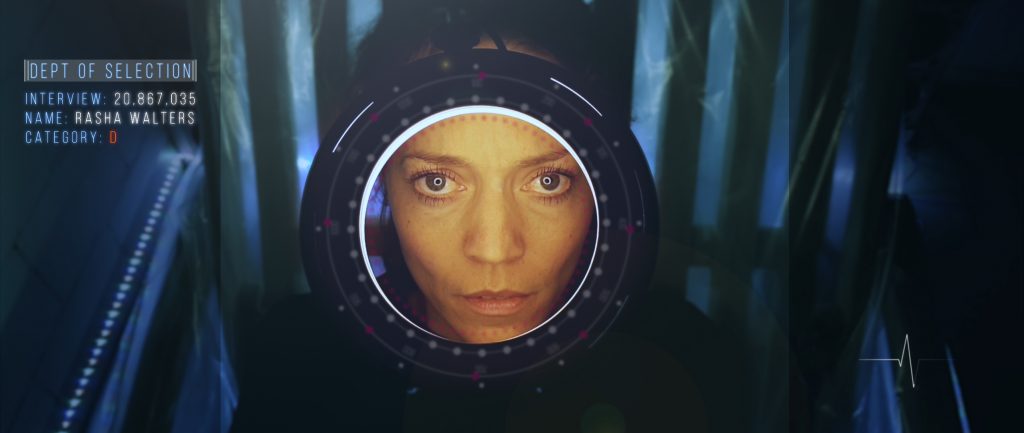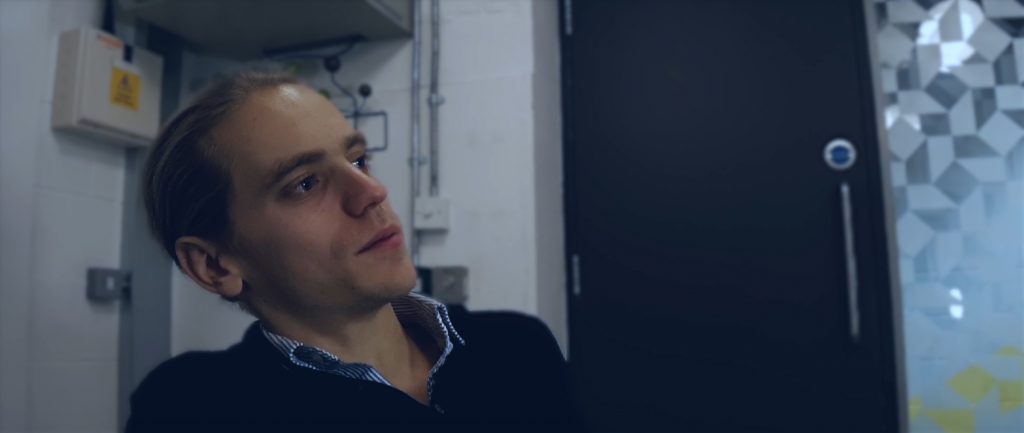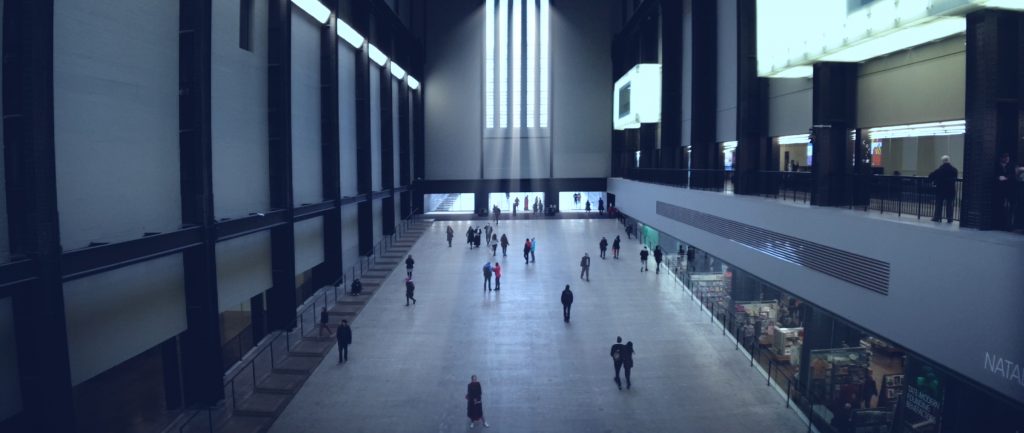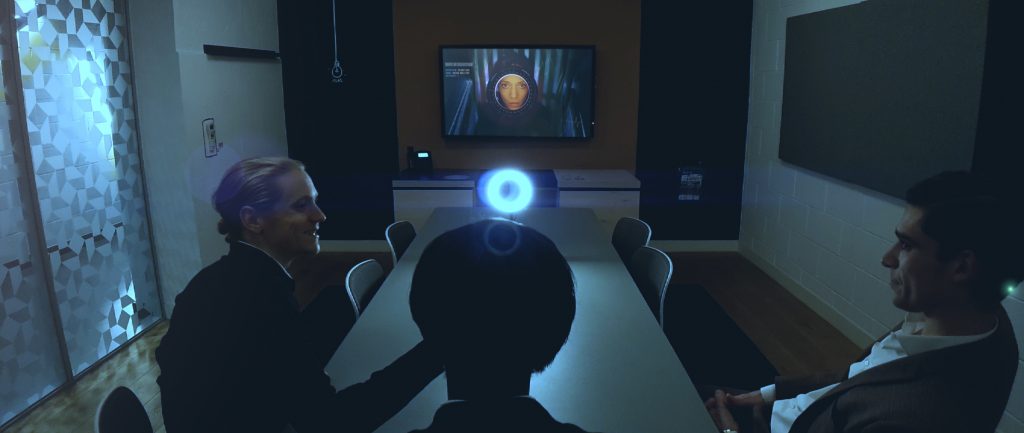Diary of a Smartphone Filmmaker: January 2020
Back in October last year (ooh, I get to called 2019 last year for the first time!), we shot Episode 5 of our Silent Eye series. It’s filmed on smartphones and so far we have used Samsungs – S8, S8+ and S9. Episode 5 (named Sleephouse) was shot using 2 Samsung Galaxy S9s.
Since then, I’ve been working on the post-production. In practice, this means editing, grading and VFX work. Our friend Brian Vowles is also creating our final shot using 3D software.
Measuring the hours
When you are working for yourself, it can be hard to draw a line between working and not-working. Because there seems to always be an almost infinite amount of things that can be done, it can be hard to switch off. One’s mind is always thinking “I should be doing X or Y” and there are never ending Xs and Ys.
This can be very stressful and lead to burning out if you’re not careful. For that reason, in November I decided to start measuring how many hours I do – not just for Silent Eye but also for this festival. For that I used a browser based platform called Clockify.
I have to say, this has really helped my mental state. It works in 2 ways: 1 – I now know how many hours I am spending on things like editing and writing blog posts. 2 – having a start and stop button creates a line in my mind for when I’m working and when I’m not.
Because it’s very easy to close my laptop and then sit there worrying and mulling over many other things I could be doing. Now, when I click “stop” it’s a psychological act: work is over until I click start again.
Anyway, the upshot is I’ve spent about 50 hours every month editing Silent Eye. Those are true working hours, which don’t include making coffee or going to the toilet and so on. So that’s a considerable number of hours.
Editing
Just like other aspects of filmmaking, I’m a self-taught editor. I’m not a hugely experienced editor so each time I edit something I learn something new.
Complex first scene
The first scene of Sleephouse was pretty complex and I found it hard to know where to start. The scene is an interview of the main character is conducted by 3 civil servant types. Partly due to the circumstances of how we shot the film (with the 2 main cast in Switzerland and the rest of the cast in London) we had to invent a reason why the interviewers are not in the same room as the main character (Rasha).
We came up with the idea Rasha is in a separate room talking to the interviewers through a communication device (we used a circular selfie light). This makes the scene more sinister (and more scifi) but also makes it more complicated to edit. It’s not just about cutting between the characters but also deciding what to show.
On reflection, I found my first cut of the first scene was too complicated – too many angles too soon. And it took getting away from the scene and not seeing it for a while so I could come back and see it “fresh” again. I felt the scene needed to be simpler, less cuts and less angles, and this would allow the audience get drawn into the scene rather than have too much thrown at them too soon.
Creating cinematic moments
One of the hardest things to do with editing (and filmmaking in general) is to create a cinematic “moment”. Movies are essentially a series of cinematic moments, one after the other. But what do I mean by cinematic moments?
I would describe them as a “moment” when something dramatic is happening. These moments are created by a combination of many elements coming together – acting, cinematography, music, sound effects, VFX, other effects and so on. I’m learning that these moments are hard to create and easy to forget about when editing.
It’s very easy for us (as editors especially) to get lost in the details. It’s very easy to focus on the practical task of formats, frame rates, colour correction, details in the CGI, good quality sound and so on. But we must remember editing is an expressive art in it’s own right.
In other words, we expect actors to be expressive but what about editors? It’s easy to forget (and extremely hard to master) that editors can create cinematic moments and I mean expressive moments.

Examples of cinematic moments
An example of a cinematic moment created by the editor is what’s known as a jump in a horror film. This is a moment when a character gets a terrible shock. For example, a ghost with a face of death is seen as a character turns.
To make this moment successful and powerful, a lot of work has to go in before the editing process. However, it’s the editor who brings everything together. The editor must create the tension building up to the shock. Then the shocking moment has to last just long enough to have the desired impact.
Colour
It took a while but I eventually got close to the desired look of the film. I shot using a Samsung S9 with FiLMiC Pro, using the natural setting. This means I was working with an already saturated colour palette.
While editing in Adobe Premiere Pro, I ended up sending every shot to After Effects for colour work. Even though the Lumetri colour effect I used is available in both programs, I found it easier to use in After Effects.
The Lumetri Color Panel gives you a lot of options. But to get the look I wanted, most of the time this involved a heavy shift of the temperature slider from red to blue. Pushing up the blacks by 20 created that faded film look. Pushing up the shadows a little reduces the extreme contrast you usually get from the smartphone.
Using the Lumetri color wheels, I pushed the blacks and mids towards the blue spectrum as well.

Shallow depth of field
You’ll notice in the still frame above the background is out of focus, as if I was using a longer lens than is possible on a smartphone. Without using a DoF adapter, that is. In fact, I did this in After Effects by masking around the subject of the frame and adding some blur to the background.
So that’s where all the hours went…
Anyway, we are approaching the end of the editing phase. Then I’ll pass the sound files over to Barnaby to create the sound mix. Hopefully, we will have the episode finished by next month.

Kit Used
For filming we used this equipment:
- Samsung S9
- Moondog Labs Anamorphic
- Sennheiser 416
- Rode Boom Pole
- Zoom H4n Portable Recorder
- Rode Blimp and Pistol Grip
- Zhiyun Smooth Q Gimbal
- 37mm Lens Clip
- Comica CVM-WS60 wireless lavalier microphones
- ZRAMO Microphone Shockmount
- MACTREM Mini LED Ring light
- SmallRig Ballhead Clamp
- UTEBIT Magic Arm
- Gooseneck Arm and Spring Clamp
- 2 x VIJIM 96 Beads LED Lights
Eager to learn more?
Join our weekly newsletter featuring inspiring stories, no-budget filmmaking tips and comprehensive equipment reviews to help you turn your film projects into reality!
Simon Horrocks
Simon Horrocks is a screenwriter & filmmaker. His debut feature THIRD CONTACT was shot on a consumer camcorder and premiered at the BFI IMAX in 2013. His shot-on-smartphones sci-fi series SILENT EYE featured on Amazon Prime. He now runs a popular Patreon page which offers online courses for beginners, customised tips and more: www.patreon.com/SilentEye


